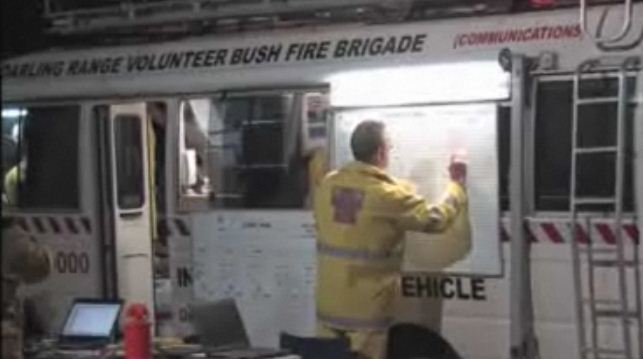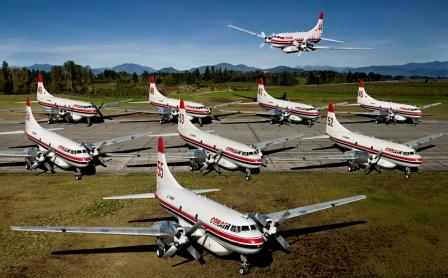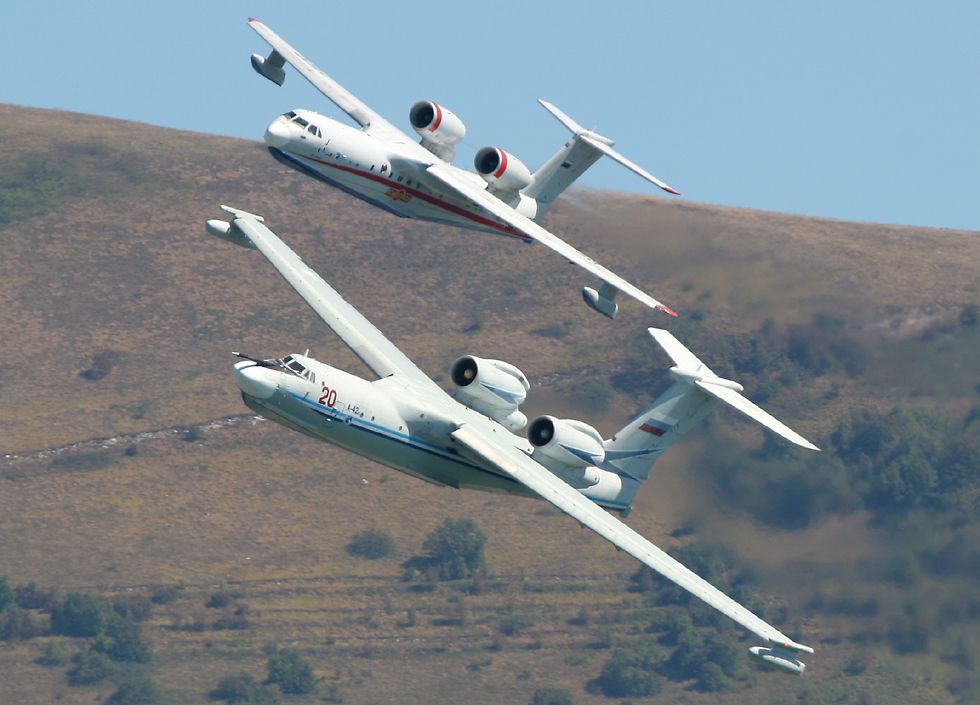
Winds up to 43 mph are making it difficult for firefighters to control several wildfires in Western Australia. Here is an excerpt from ABC News in Australia:
Residents in several West Australian areas are facing a sleepless night as blazes continue to burn out of control.
Around 400 firefighters have been battling a number of blazes over the past 24 hours.
A blaze burning in the Roleystone and Kelmscott areas, south-east of Perth, has already destroyed 35 homes.
Authorities say that figure could reach 60, with winds of up to 70 kilometres an hour (43 mph) making it near impossible to bring the huge fire under control.
A firefighter was injured while battling the blaze and is now in a stable condition in hospital.
To the north-east of the city in Red Hill and Brigadoon, an emergency warning is in place for a blaze that has been burning since Saturday night.
Craig Hynes from the Fire and Emergency Services Authority (FESA) says forecast winds will make it difficult to bring the fires under control.
“The wind is probably the worst enemy of firefighters,” he said.
“It will carry the fire, it will carry embers, they will spot ahead of the fire and it’s quite possible that it will cross roads and then start another fire in another area where firefighters need to get to quickly.”
Fire and Emergency Services Authority (FESA) is urging its ground crews to keep people safe.
“Life is more important than homes,” said a radio message to fire crews. “If you can not save the homes, make sure there are no people involved.
“Please make sure if there are people within the fire area to evacuate them and not to worry about the houses at this time.”
The Fire and Emergency Services Authority web site has posted bushfire alerts for six different areas over the last two days. Occasionally the site is unavailable, perhaps due to hordes of residents visiting the site seeking information.
Two helicopters and two incident management teams are being sent from Victoria to help with the effort.






